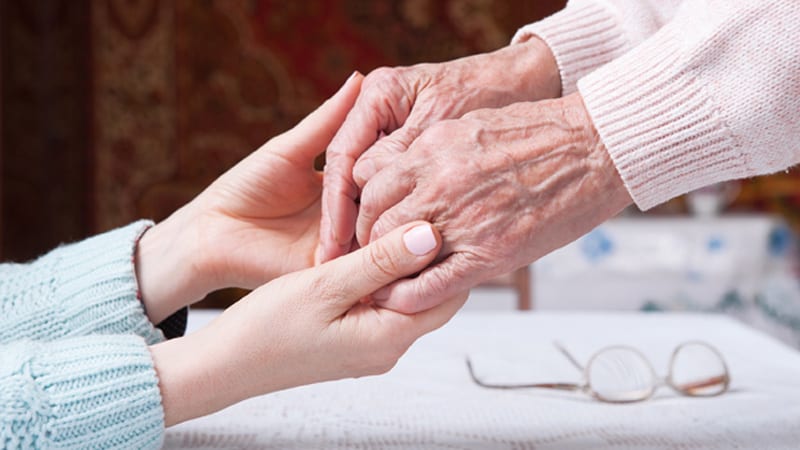Retirement: The Toll of Aging Caregivers

As people live longer, caregivers can expect to spend years caring for a spouse or even a parent. And older caregivers, many in their seventies or eighties themselves, often grapple with special challenges: their own failing health, isolation as friends die and physical tasks that can strain aging bodies.
Joe Searles, 76, of Virginia Beach, Va., has been caring for his wife, Jane, 74, since she began showing symptoms of Lewy body dementia in 2012. Bedridden for the past year, Jane cannot speak, does not recognize her husband and has no control over her bodily functions. Searles opted to keep Jane at home because he says he believes “a nursing home is not going to take care of her properly. She needs me, and I am there for her.”
Medicaid pays for an aide, who helps out eight hours daily. But Searles, who is being treated for a spinal condition, still performs painful physical tasks caring for his wife. Although he sees a couple of friends, he spends most of his time alone. When Jane became ill, Searles gave up his work as a professional entertainer specializing in Elvis impersonations.
Successful caregiving requires self-care, too.
Searles is part of what experts say is a growing trend: seniors caring for seniors. About 7 percent of caregivers are 75 or older, typically a woman caring for a husband or other adult relative, according to a 2015 report by the National Alliance for Caregiving and the AARP Public Policy Institute. About three million seniors spend about 34 hours a week helping with such arduous tasks as bathing, dressing and using a toilet.
For many older caregivers, physical chores can lead to falls and other injuries. “Wives will sacrifice their own health to keep their husbands at home,” says Amanda Hartrey, a family consultant with the Family Caregiver Alliance in San Francisco. “Because they often put off their own care, they get sicker and die earlier than non-caregivers.”
To find help, older caregivers should contact the local Area Agency on Aging to check out discounted services in their community (go to www.eldercare.gov). Those with few financial resources may qualify for a home aide under Medicaid. Medicare covers a certain amount of physical and occupational therapies.
Caregivers also should look to associations that focus on their loved one’s medical condition, says C. Grace Whiting, president of the National Alliance for Caregiving. These groups offer caregiver training, support groups and advice on how to address the needs of a person with a specific disease.
Home alone all day with a loved one, older caregivers tend to be more isolated – and thus more depressed – than younger caregivers. “I can’t stress enough the importance of having social networks,” says Whiting.
Susan B. Garland is a contributing editor to Kiplinger’s Personal Finance magazine. Send your questions and comments to moneypower@kiplinger.com. And for more on this and similar money topics, visit Kiplinger.com.
(c) 2018 Kiplinger’s Personal Finance; Distributed by Tribune Content Agency, LLC.



